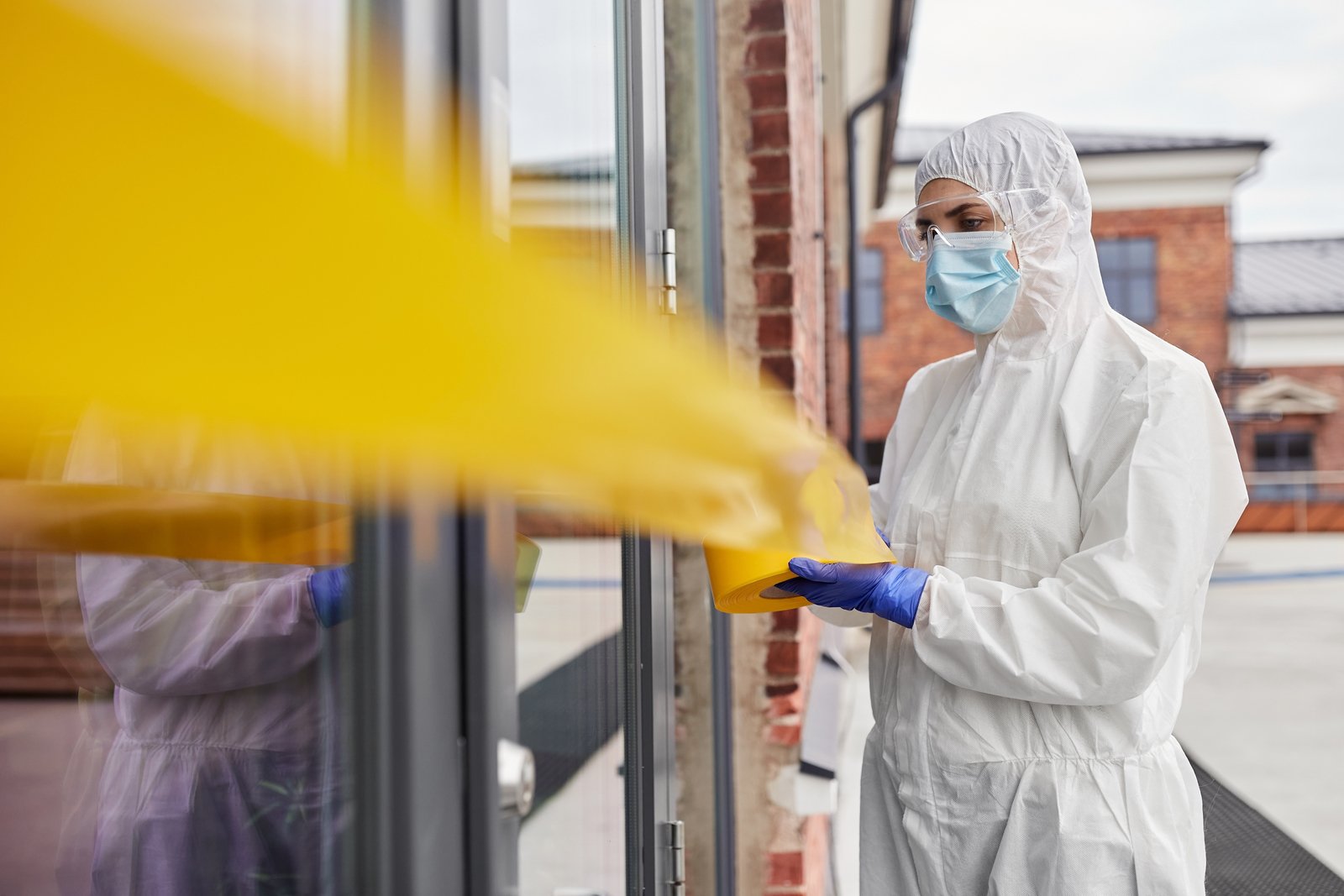
We are the industry leader
Cessnock Asbestos Removal
Looking for a local Asbestos Removal professionals in Cessnock? We service the whole of the Cessnock. See the full list of suburbs below.
GET IN TOUCH
Schedule an Inspection
Welcome to Sydney Asbestos Removals, the leading experts in asbestos management and removal services in the Abernethy area. With years of experience and a team of highly trained professionals, we are committed to providing safe, efficient, and reliable asbestos removal services. Our expertise extends to both residential and commercial properties, ensuring that your home or business is free from the harmful effects of asbestos. We understand the unique challenges that asbestos presents, and we are equipped with the latest technology and methods to handle it effectively.
Asbestos removal in Abernethy presents its own unique set of challenges. This area has a rich history, with many older buildings that may contain asbestos. Our local knowledge and understanding of Abernethy’s specific needs set us apart. We are committed to adhering to all safety regulations and guidelines, ensuring that our asbestos removal process is not only effective but also safe for all involved. At Sydney Asbestos Removals, we prioritize the health and safety of our clients and our team, and we are dedicated to maintaining the highest standards of regulatory compliance in all our operations.
GET IN TOUCH
Schedule an Inspection
Cessnock Asbestos Disposal Contractors
We are a professional team of licensed demolition contractors, that specialise in asbestos removal in the Cessnock area. We provide abatement and testing for both residential homes and commercial site clean up in Cessnock NSW.
Cessnock Profile
Asbestos usage in Cessnock, like many other Australian towns, is a relic of a time when the material was lauded for its durability and resistance to fire. Up until the late 1980s, asbestos was commonly used in a variety of applications within key buildings, public facilities, and infrastructure. Many of Cessnock’s older structures, including government buildings, schools, and homes, were constructed using asbestos-containing materials (ACMs). Given its long history as a mining town, Cessnock’s industrial areas were also likely to have been prolific users of asbestos, utilizing it for insulation, roofing, and as a fire retardant. The timeline of its use spans several decades, beginning in the early 20th century and phasing out by the late 1980s, when the health risks associated with asbestos became widely acknowledged, leading to a national ban on its use in construction by 2003.
Today, the legacy of asbestos presents ongoing challenges in Cessnock, with health implications that can be serious. Mesothelioma, an aggressive cancer caused primarily by asbestos exposure, is a critical concern. In response, Cessnock has seen concerted efforts to manage these issues, especially in places with high public foot traffic. Schools within the Hunter Valley region, which encompasses Cessnock, have undergone inspections and removal projects to ensure the safety of students and staff. For example, local authorities and school administrations have implemented asbestos management plans, which involve regular inspections, risk assessments, and, where necessary, the safe removal of ACMs by licensed professionals. Government buildings and historical sites have also been subject to rigorous checks, with some undergoing renovations to eliminate asbestos risks comprehensively. These efforts are often accompanied by public awareness campaigns to educate residents about the dangers of asbestos. Health reports have highlighted the importance of these interventions, particularly in areas where ACMs may still be present. In addressing asbestos-related incidents, local health services work closely with regulatory bodies to ensure swift action is taken to mitigate exposure risks and provide health monitoring to affected individuals.
GET IN TOUCH

